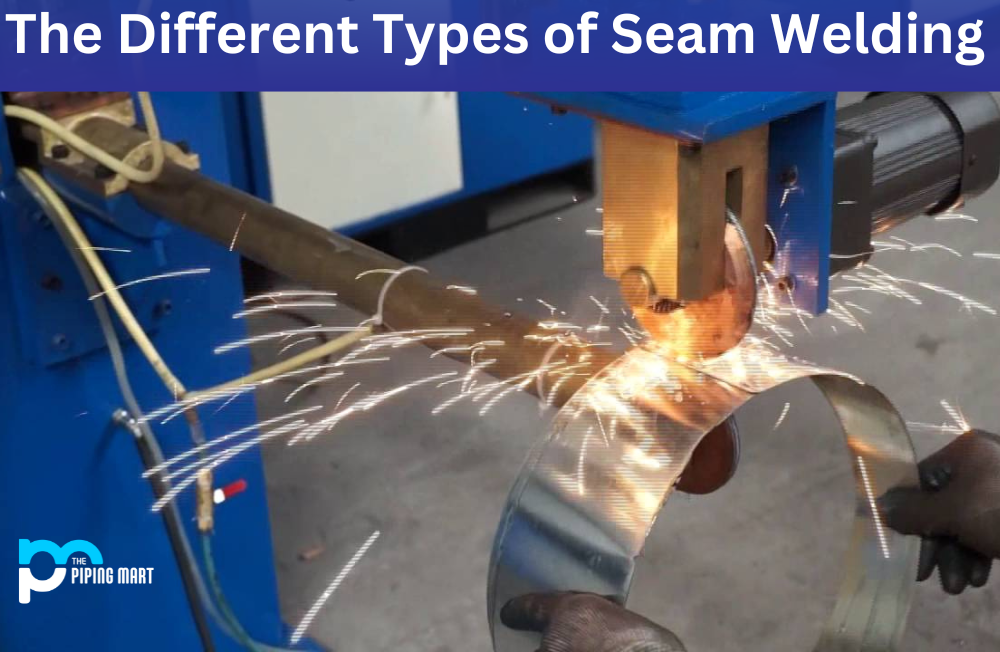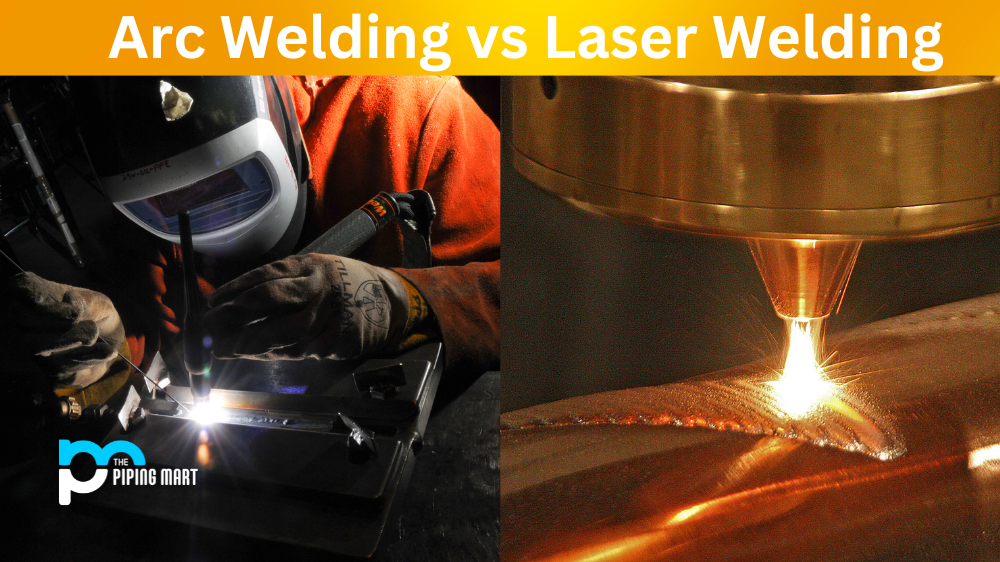Are you looking for a faster, more efficient way to weld metal parts? If so, you may want to consider MIG welding. Also known as Gas Metal Arc Welding (GMAW), MIG welding is a type of arc welding process that uses an electric arc between a consumable wire electrode and the workpiece. Let’s take a look at what MIG welding is and its uses.
What Is MIG Welding?
MIG welding is a semi-automatic or automatic process that uses an electric arc to heat and melt metals together. The heat generated by the electric arc forms the bond between two pieces of metal. This process also requires a shielding gas—typically argon or carbon dioxide—to protect the weld from contamination as it cools.
MIG Welding Uses
MIG welding is great for use on thicker materials like aluminium and steel. It can be used on thinner materials as well, but it’s not ideal because of the high heat generated by the electric arc, which can cause warping or distortion in thinner materials. Additionally, this type of welding is often used in large-scale production applications due to its speed and efficiency.
How Does MIG Welding Work?
The basic components of a MIG welding machine are an electric motor, power supply, gas supply and wire feeder mechanism. The electric motor drives the wire feeder, which feeds the consumable wire electrode into the weld joint at a preset speed controlled by the welder operator. The power supply converts AC current into DC current and supplies it to the workpiece through a contact tip electrode while creating an electric arc between them. The shielding gas protects the weld from contamination as it cools down after being heated up by the electric arc during welding. Finally, a visual inspection is done to detect any defects in the weld joint before being shipped off for further processing or assembly.
Conclusion:
MIG welding is an essential tool for many industrial applications that require the fast, efficient joining of different types of metals together with minimal distortion or contamination risk. It’s easy to learn and can quickly become second nature to experienced welders who know how to adjust their settings accordingly, depending on what type of material they are working with. Whether you’re just starting out with your first project or need help from professionals with larger-scale jobs, understanding how MIG welding works can provide you with valuable insight into this important process!

Pipingmart is a B2B portal that specializes in metal, industrial and piping items. Additionally, we share the latest information and information about materials, products and various types of grades to assist businesses that are involved in this business.




